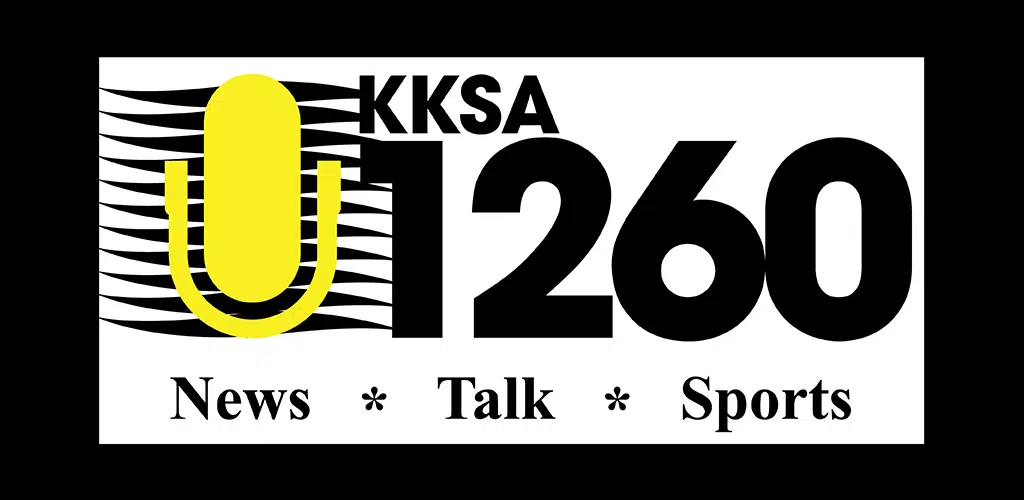
Photo Credit: Jelena Zelen / Shutterstock
The COVID-19 pandemic brought into focus an indisputable fact about the U.S. today: access to quality internet service is key to full participation in society and the economy. As workplaces and schools moved online and households increasingly relied on internet-enabled services like ecommerce and streaming platforms, those with good internet service were better able to manage the transition than those without.
But inequitable access to high-speed internet has been an issue for much longer than the last two years. Policymakers and business leaders—especially those from low-income and rural communities—have long advocated for increased investment in broadband infrastructure to unlock greater economic opportunities in underprivileged areas. These efforts, along with the access issues raised during the pandemic, have inspired major action over the last two years. Federal COVID relief legislation like the CARES Act and American Rescue Plan included funds to support broadband expansion, and a $65 billion investment in broadband was one of the major components of the bipartisan infrastructure package signed into law last November.
The importance of connecting more Americans has grown as the internet has become a more ubiquitous part of society and the economy over time. Beginning in the 1990s, the internet moved from primarily government and academic uses to application for communications, business, and other wide-ranging uses. By 2000, just over half of U.S. adults reported using the internet in some capacity, and innovations like ecommerce and smartphones encouraged even greater adoption in the two decades since. Today, 93% of American adults report using the internet, according to a recent survey by Pew Research Center.
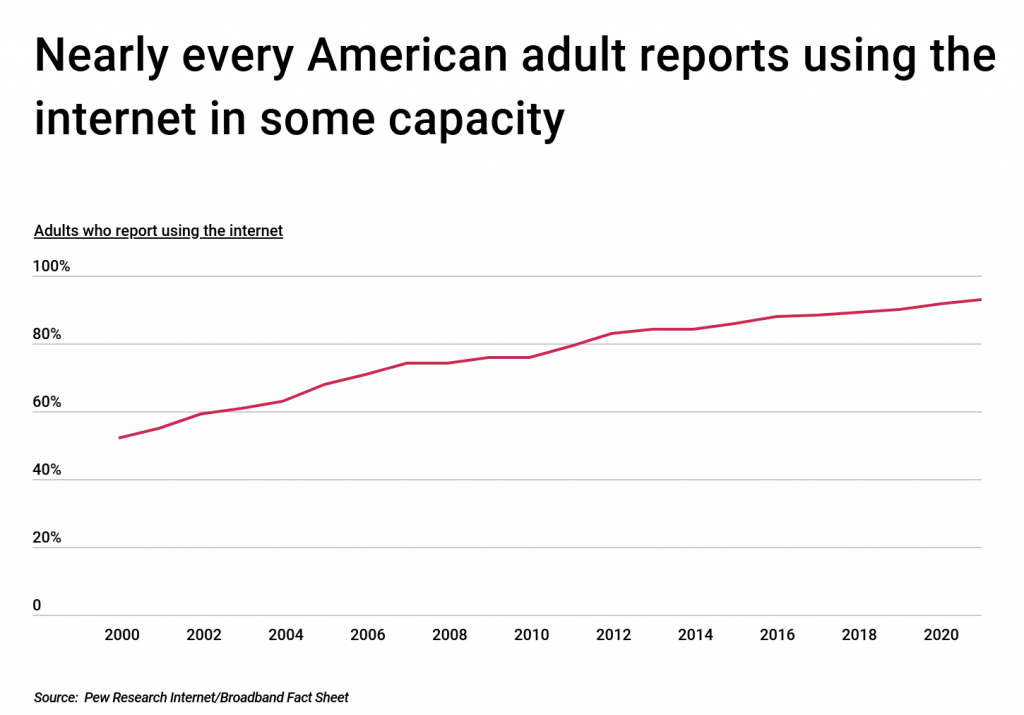
While internet use is certainly common, some populations and parts of the country may face greater barriers to reliable internet access. Experts refer to a “digital divide” between those who have reliable access to internet technologies and those who do not. Low income, rural, and minority households all tend to have less access to quality internet service and related technologies. In some cases, these households cannot afford the cost of service, but in others, internet providers may not service their communities at all for financial or logistical reasons.
The Southeast is the region of the U.S. that lags furthest behind the rest of the country when it comes to broadband internet access, along with access to computers in the home. In Mississippi, for example, just over half (50.1%) of all households have access to broadband internet, and only around 64.2% have a desktop or laptop computer. In contrast, many states in the Northeast and West have much better access to technology. New Hampshire leads all states in the share of households with broadband internet access, at 79.9%, and Utah leads in the share of households with a computer, at 87.5%.
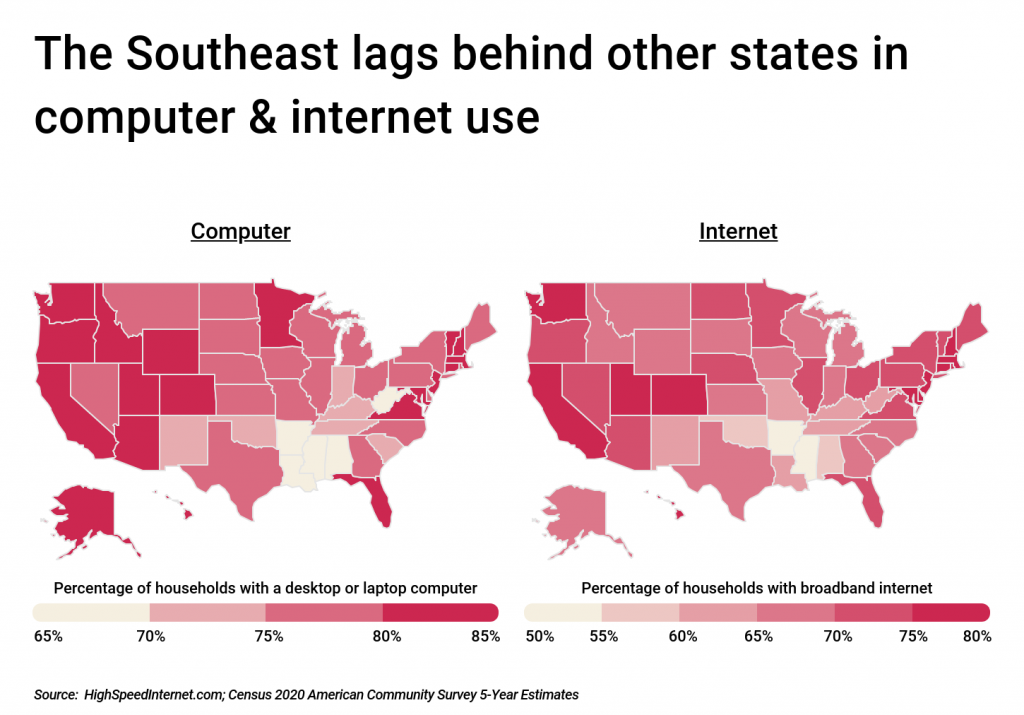
Further, there are some signs that states with fewer households able to access the internet also have worse internet quality overall. States with a higher percentage of households that have broadband also tend to have higher average download speeds. There is a similar but weaker correlation between the percentage of households with a computer and average download speeds.

Many of the states that lead in download speeds are densely populated and have strong economies, which helps service providers justify the cost of building infrastructure. States in the Mid-Atlantic and New England regions are among those with the fastest internet, but residents of other well-populated and prospering states like California, Texas, and Florida also enjoy excellent internet speeds.
The internet speed data used in this analysis is from HighSpeedInternet.com’s Fastest and Slowest States for Internet Speeds report. Statistics on internet and computer access are from the U.S. Census Bureau and Pew Research Center. For the purpose of this analysis, statistics on broadband access include high-speed internet subscriptions, such as cable or DSL, and do not include cellular data plans. To determine the states with the fastest internet, researchers at HotDog.com ranked states based on the average download speed measured in megabits per second.
Here are the states with the fastest internet.
U.S. States With the Fastest Average Internet Speeds

Photo Credit: William Perugini / Shutterstock
15. New York
- Average download speed (Mbps): 121.8
- Average download speed (compared to average): 2.3% faster
- Percentage of households with broadband internet: 73.4%
- Percentage of households with a desktop or laptop computer: 78.6%

Photo Credit: Sean Pavone / Shutterstock
14. Illinois
- Average download speed (Mbps): 122.8
- Average download speed (compared to average): 3.2% faster
- Percentage of households with broadband internet: 70.3%
- Percentage of households with a desktop or laptop computer: 78.1%

Photo Credit: CSNafzger / Shutterstock
13. Washington
- Average download speed (Mbps): 124.3
- Average download speed (compared to average): 4.5% faster
- Percentage of households with broadband internet: 77.7%
- Percentage of households with a desktop or laptop computer: 84.9%

Photo Credit: Nicholas Courtney / Shutterstock
12. Colorado
- Average download speed (Mbps): 125.0
- Average download speed (compared to average): 5.0% faster
- Percentage of households with broadband internet: 76.2%
- Percentage of households with a desktop or laptop computer: 85.0%
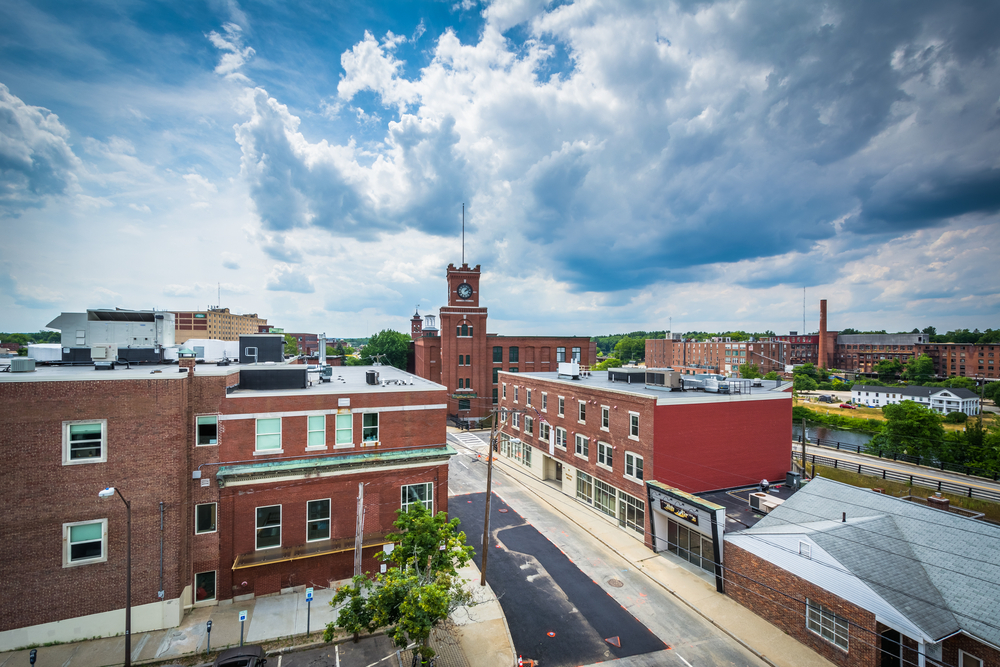
Photo Credit: Jon Bilous / Shutterstock
11. New Hampshire
- Average download speed (Mbps): 127.7
- Average download speed (compared to average): 7.3% faster
- Percentage of households with broadband internet: 79.9%
- Percentage of households with a desktop or laptop computer: 84.5%
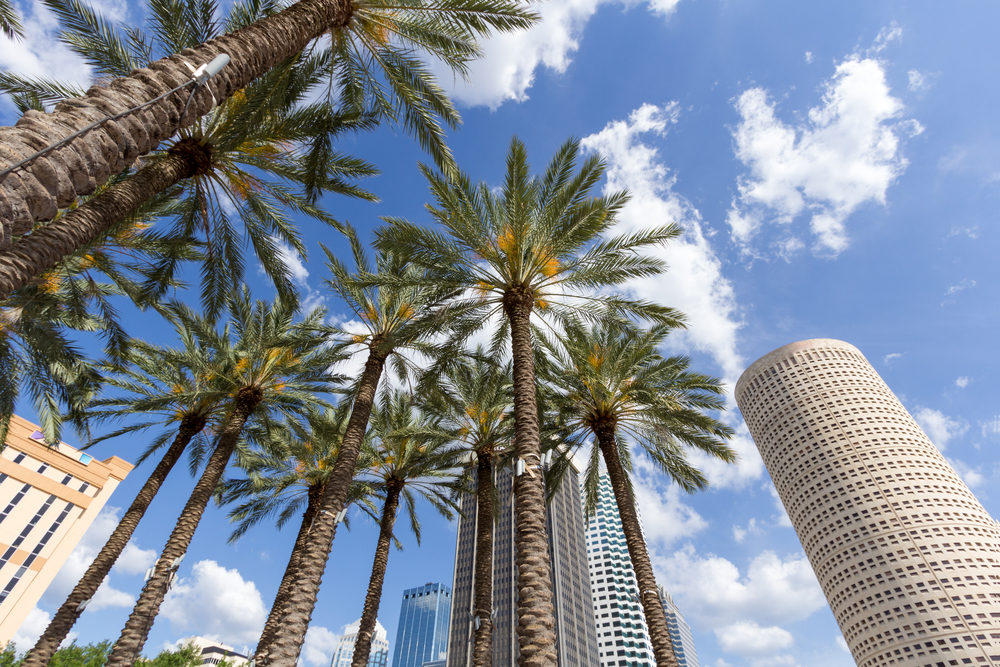
Photo Credit: Kevin J King / Shutterstock
10. Florida
- Average download speed (Mbps): 127.8
- Average download speed (compared to average): 7.4% faster
- Percentage of households with broadband internet: 72.1%
- Percentage of households with a desktop or laptop computer: 80.2%

Photo Credit: f11photo / Shutterstock
9. Georgia
- Average download speed (Mbps): 128.0
- Average download speed (compared to average): 7.5% faster
- Percentage of households with broadband internet: 69.3%
- Percentage of households with a desktop or laptop computer: 77.7%
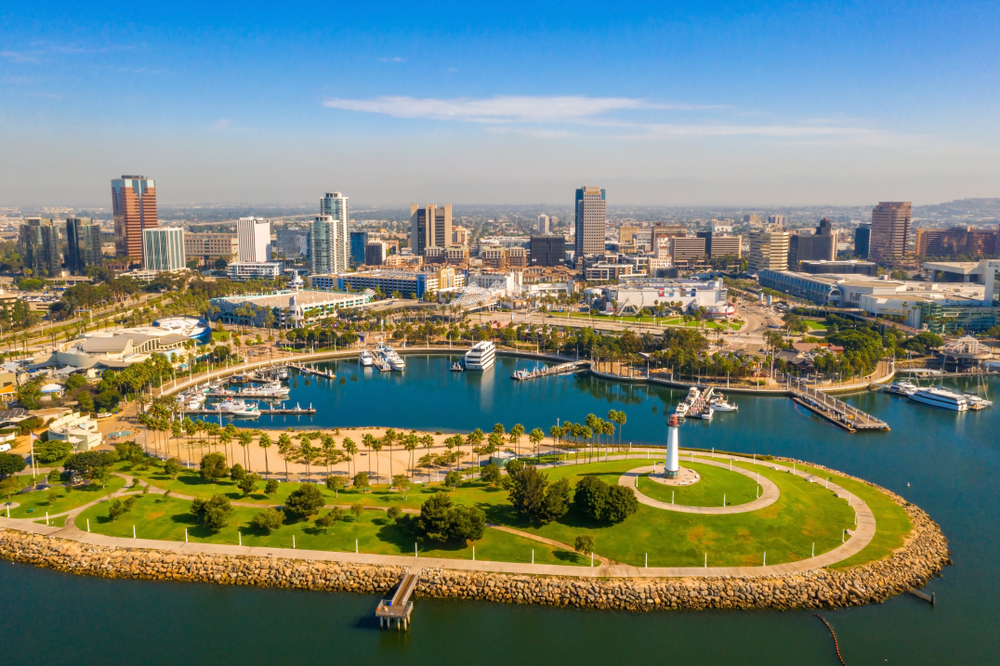
Photo Credit: Ingus Kruklitis / Shutterstock
8. California
- Average download speed (Mbps): 131.0
- Average download speed (compared to average): 10.1% faster
- Percentage of households with broadband internet: 75.2%
- Percentage of households with a desktop or laptop computer: 82.8%
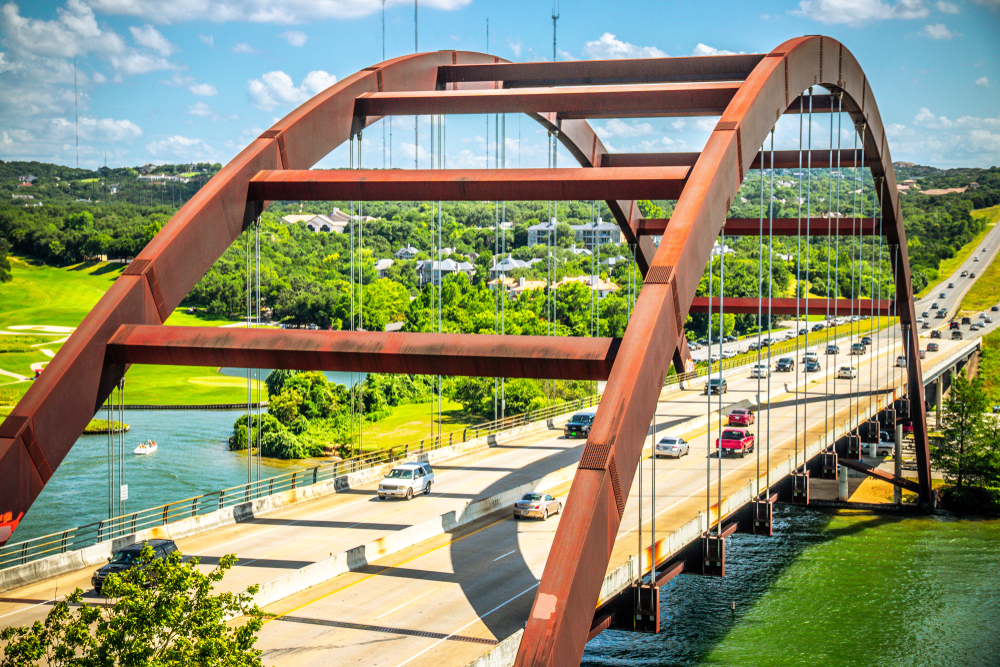
Photo Credit: ShengYing Lin / Shutterstock
7. Texas
- Average download speed (Mbps): 133.7
- Average download speed (compared to average): 12.3% faster
- Percentage of households with broadband internet: 66.8%
- Percentage of households with a desktop or laptop computer: 76.3%
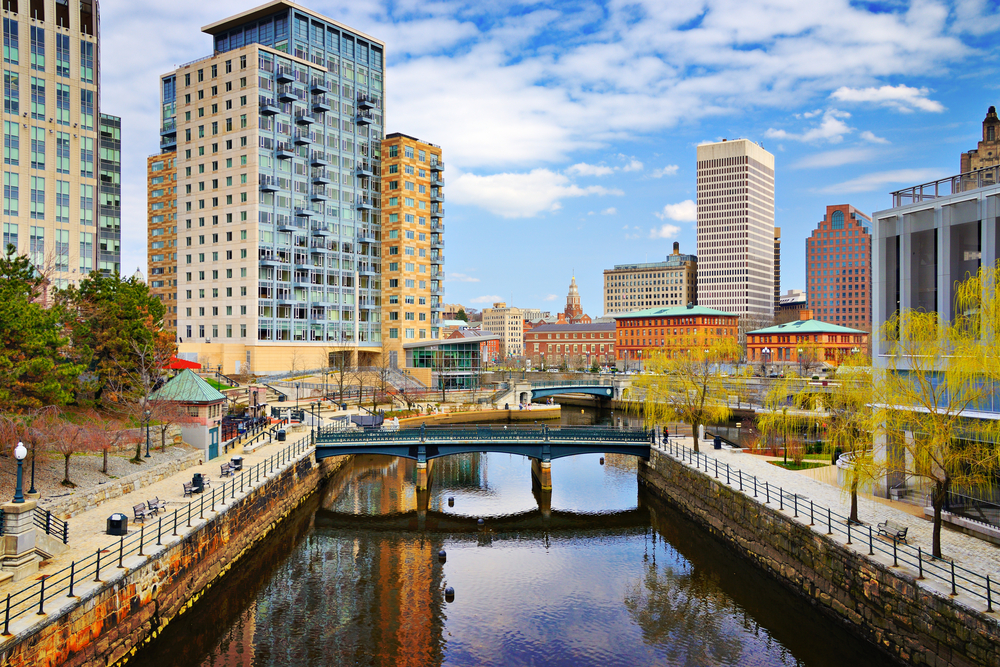
Photo Credit: ESB Professional / Shutterstock
6. Rhode Island
- Average download speed (Mbps): 134.5
- Average download speed (compared to average): 13.0% faster
- Percentage of households with broadband internet: 75.0%
- Percentage of households with a desktop or laptop computer: 78.1%
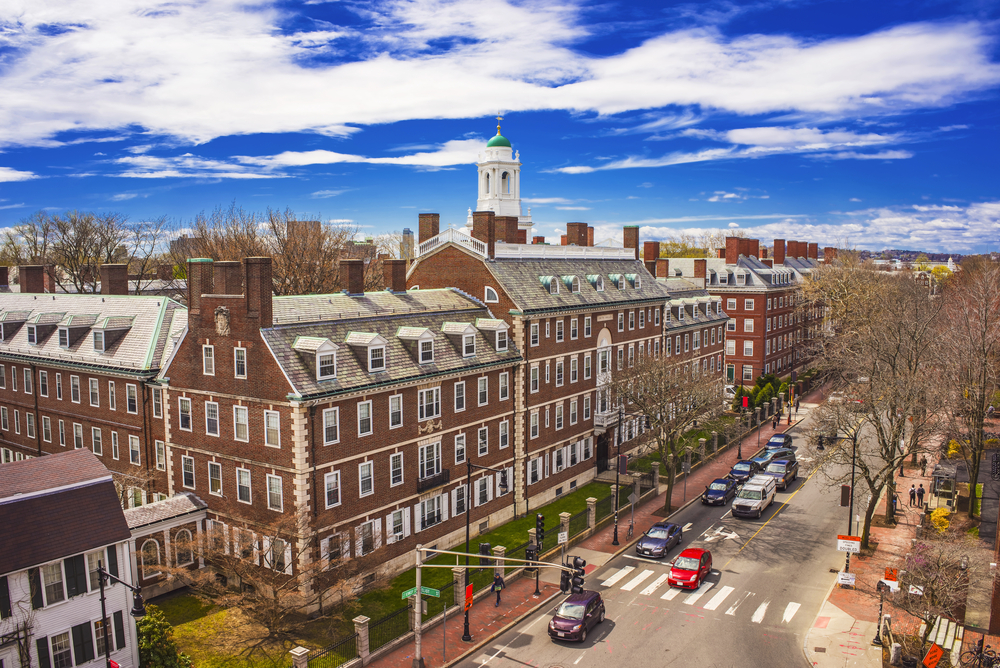
Photo Credit: Roman Babakin / Shutterstock
5. Massachusetts
- Average download speed (Mbps): 138.1
- Average download speed (compared to average): 16.0% faster
- Percentage of households with broadband internet: 78.7%
- Percentage of households with a desktop or laptop computer: 82.2%
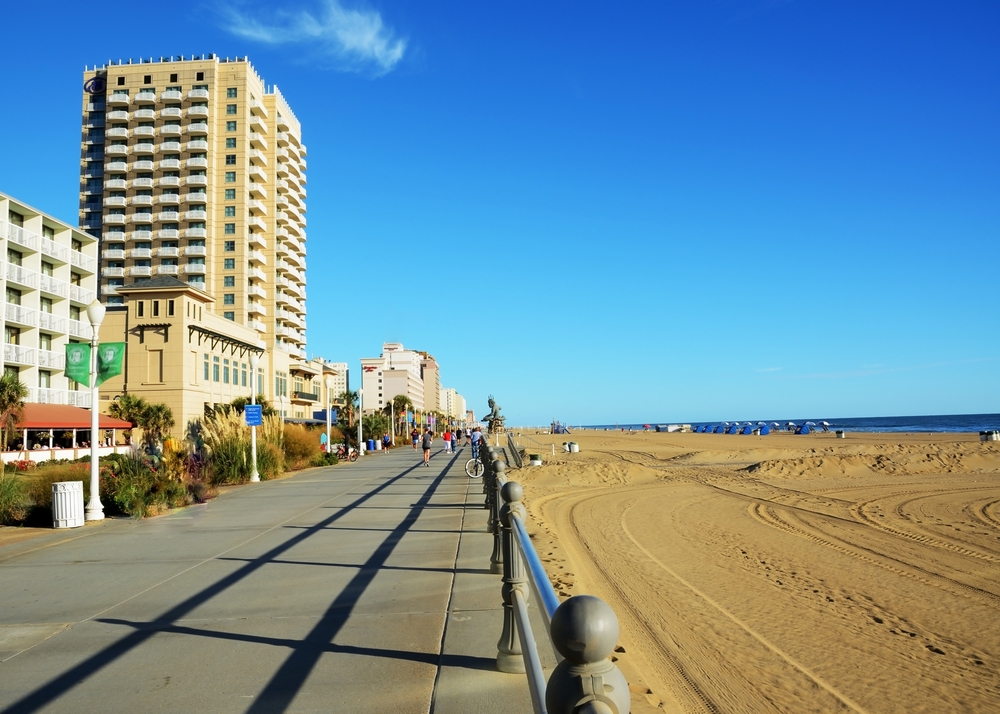
Photo Credit: Alexandr Junek Imaging / Shutterstock
4. Virginia
- Average download speed (Mbps): 139.6
- Average download speed (compared to average): 17.3% faster
- Percentage of households with broadband internet: 71.0%
- Percentage of households with a desktop or laptop computer: 80.6%

Photo Credit: Olivier Le Queinec / Shutterstock
3. Maryland
- Average download speed (Mbps): 144.3
- Average download speed (compared to average): 21.2% faster
- Percentage of households with broadband internet: 76.5%
- Percentage of households with a desktop or laptop computer: 83.3%
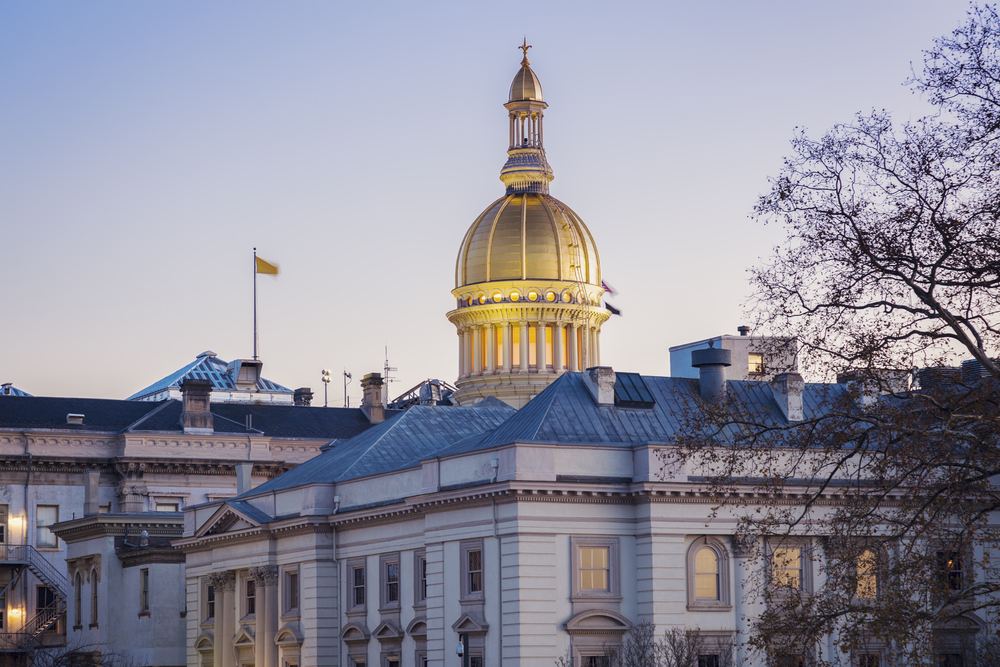
Photo Credit: Henryk Sadura / Shutterstock
2. New Jersey
- Average download speed (Mbps): 144.7
- Average download speed (compared to average): 21.6% faster
- Percentage of households with broadband internet: 77.6%
- Percentage of households with a desktop or laptop computer: 82.1%

Photo Credit: Paul Brady Photography / Shutterstock
1. Delaware
- Average download speed (Mbps): 145.8
- Average download speed (compared to average): 22.5% faster
- Percentage of households with broadband internet: 75.4%
- Percentage of households with a desktop or laptop computer: 78.2%
Methodology & Detailed Findings
The internet speed data used in this analysis is from HighSpeedInternet.com’s Fastest and Slowest States for Internet Speeds report. Statistics on internet and computer access are from the U.S. Census Bureau’s 2020 American Community Survey 5-Year Estimates and from Pew Research Center’s Internet/Broadband Fact Sheet. For the purpose of this analysis, statistics on broadband access include high-speed internet subscriptions, such as cable or DSL, and do not include cellular data plans. To determine the states with the fastest internet, researchers ranked states based on the average download speed measured in megabits per second (Mbps). Speeds were measured between February 2021 and March 2022 from over 2,500 cities in the U.S.



